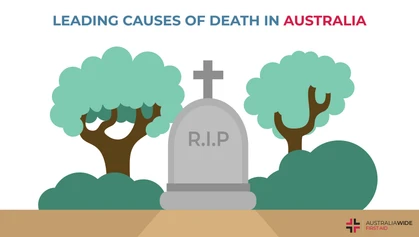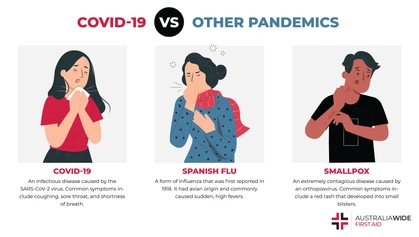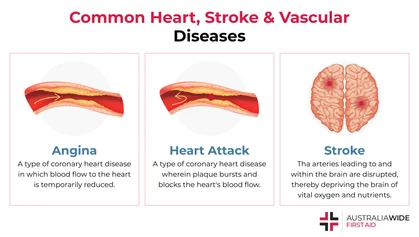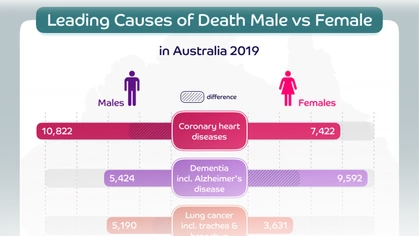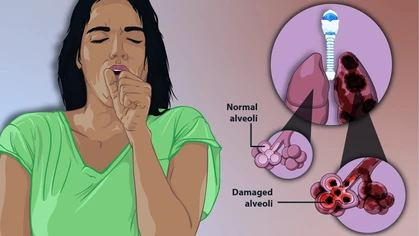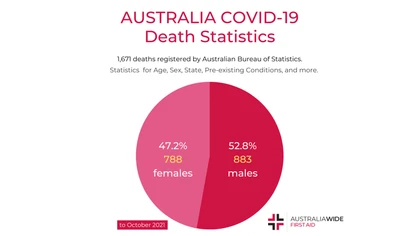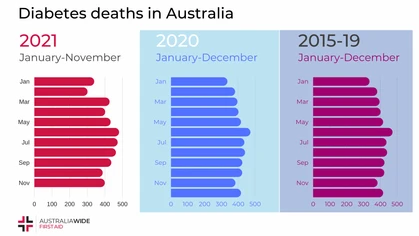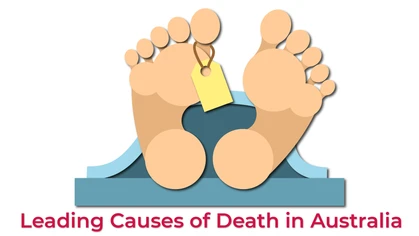Alcoholism in Australia

Health Statistics
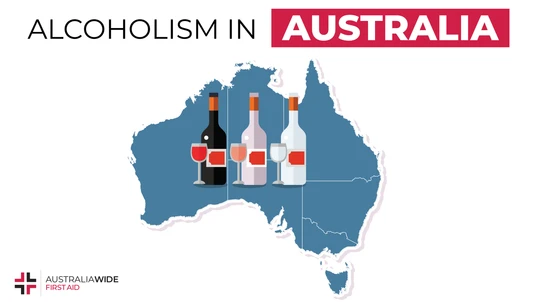
Alcoholism, which is more formally known as alcohol use disorder (AUD), is a medical condition in which a person cannot control their consumption of alcohol. AUD is a major health concern in Australia, as alcohol is pervasive in Australian culture.
Alcoholism is the colloquial term for alcohol use disorder (AUD). AUD is a medical condition in which a person is unable to control their consumption of alcohol, even when it is negatively affecting their work, health, and relationships. According to the Australian Institute of Health and Welfare (AIHW), the consumption of alcohol is widespread throughout Australia, as alcohol is an automatic feature of our cultural and social activities. As such, AUD is a major health concern in Australia, as it can increase a person’s risk of numerous chronic conditions, including liver disease, heart problems, and some cancers. Today, we are going to take a closer look at the statistics on AUD in Australia, and what these figures represent about our social and cultural norms.Quick facts about alcohol
- When we drink alcohol, we experience increased activity in our dopamine neurons, which leads to feelings of joy, pleasure, and euphoria.
- Consequently, many people drink alcohol to relieve stress, to cope with loss, and to mask feelings of shame and isolation.
- However, the more alcohol you drink, the greater your tolerance to alcohol and its “feel-good factor” becomes.
- This can lead to a dependency on alcohol, which is why common risk factors for AUD include: drinking from an early age; misusing alcohol regularly; and, familial patterns of alcohol misuse.
Australian alcohol guidelines
The Australian alcohol guidelines are developed by the National Health and Medical Research Council (NHMRC), Australia’s main statutory authority for health and medical research. These guidelines outline how much alcohol Australians should consume to safeguard their wellbeing and reduce their risk of alcohol-related harm. To this end, the Australian alcohol guidelines recommend that:- Men and women should drink no more than 10 standard drinks per week, and no more than 4 standard drinks on any one day.
- Anyone under 18 should not drink alcohol.
- Women who are pregnant or breastfeeding should not drink alcohol.

According to the Australian alcohol guidelines, to curtail the risk of alcohol-related harm, men and women should drink no more than 10 standard drinks per week. As you can see, this guideline is regularly exceeded by people aged 18 years and over.
Key statistics on alcohol use in Australia
The below statistics were sourced from the Australian Bureau of Statistics (ABS) for the National Health Survey (NHS) 2020-2021, which was collected online and should only be used for point-in-time analysis:- One in four (25.8%) Australians aged 18 years and over exceeded the abovementioned Australian alcohol guidelines.
- Men (33.6%) were more likely to exceed the Australian alcohol guidelines, compared to women (18.5%).
- People born in Australia (30%) were more likely to exceed the Australian alcohol guidelines, compared to people born overseas (17.3%).
Age and alcohol use in Australia
- One in seven (14.4%) people aged 18 – 24 years consumed more than 10 standard drinks in the week prior to interview.
- One in four (25.0%) people aged 55 – 64 years consumed more than 10 standard drinks in the week prior to interview.
- One in five (19.3%) people aged 75 years and over consumed more than 10 standard drinks in the week prior to interview.
- People aged 18 – 24 years were three times more likely than people aged 75 years and over to have consumed 5 or more standard drinks on any day in the last year at least monthly (22.0% compared to 6.5%).
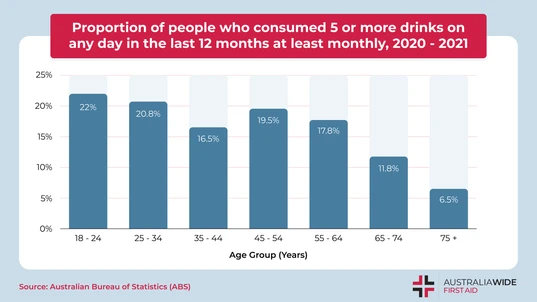
Per the Australian alcohol guidelines, men and women should drink no more than 4 standard drinks on any one day, to safeguard their wellbeing. As you can see, this guideline is regularly exceeded by people aged 18 years and over.
Social demographics and alcohol use in Australia
- As we touched on earlier, people born in Australia (30%) were almost twice as likely to exceed the Australian alcohol guidelines, compared to people born overseas (17.3%).
- 30.3% of people living in Outer Regional and Remote areas exceeded the Australian alcohol guidelines, compared to 29.2% of people living in Inner Regional areas, and 24.5% of people living in Major Cities.
- 32.0% of people employed full time exceeded the Australian alcohol guidelines, compared to only 16.8% of unemployed people.
- 30.7% of people living in areas of least disadvantage exceeded the Australian alcohol guidelines, compared to only 18.5% of people living in areas of most disadvantage.
- 38.1% of people living in group households exceeded the Australian alcohol guidelines, which was higher than any other family household composition.
How far do we exceed the guidelines?
Almost one-fifth (19.9%) people aged 18 years and over consumed more than 10 standard drinks in the week prior to interview. Of this cohort:- Men were twice as likely as women (26.8% compared to 13.4%) to have exceeded 10 standard drinks.
- 77.6% of people consumed more than 14 standard drinks.
What do these statistics mean for Australia?
Per the AIHW’s page on Alcohol, tobacco & other drugs in Australia, the percentage of Australians who exceed the Australian alcohol guidelines has generally decreased over recent years. According to AIHW, the National Health Survey (NHS) reported that in 2017-18, there was a 3.4% decrease in the number of adults aged 18 and over who exceeded the lifetime risk guideline, compared to 2011-12. However, according to AIHW, the 2019 National Drug Strategy Household Survey (NDSHS) found that there was an increased prevalence of people exceeding the single occasion risk guideline (i.e., binge drinking) among the 50 – 59 and 70 and over age categories. This finding was backed up by an article from The Guardian, which reported that Australians spent more time drunk in 2020 than any other nation. That is, although Australians drank in line with the global weekly average, they drank to the point of drunkenness an average of 27 times a year. This is almost double the global average of 15. According to ReachOut Australia, many people binge drink at social events to overcome feelings of anxiousness and isolation. They also binge drink out of a misguided belief that people need to drink excessively to have a good time, and to make their peers happy. Many people also do not realise when they are binge drinking, as they drink too quickly to feel the sedative effects of alcohol until it is too late. In the short term, binge drinking can cause people to behave differently and open themselves up to injury, such as start fights, fall down, or have a car accident. Meanwhile, in the long term, binge drinking can contribute to mental health problems, physical health effects, and a dependence on alcohol. As such, if you drink to excess every time you are at a social event, it might be worthwhile to seek advice from a healthcare professional or support group. A list of suggested support options can be found on Australia's Department of Health website.
Originally published at
https://www.australiawidefirstaid.com.au/resources/alcoholism-in-australia
as part of the Australia Wide First Aid Articles Library


